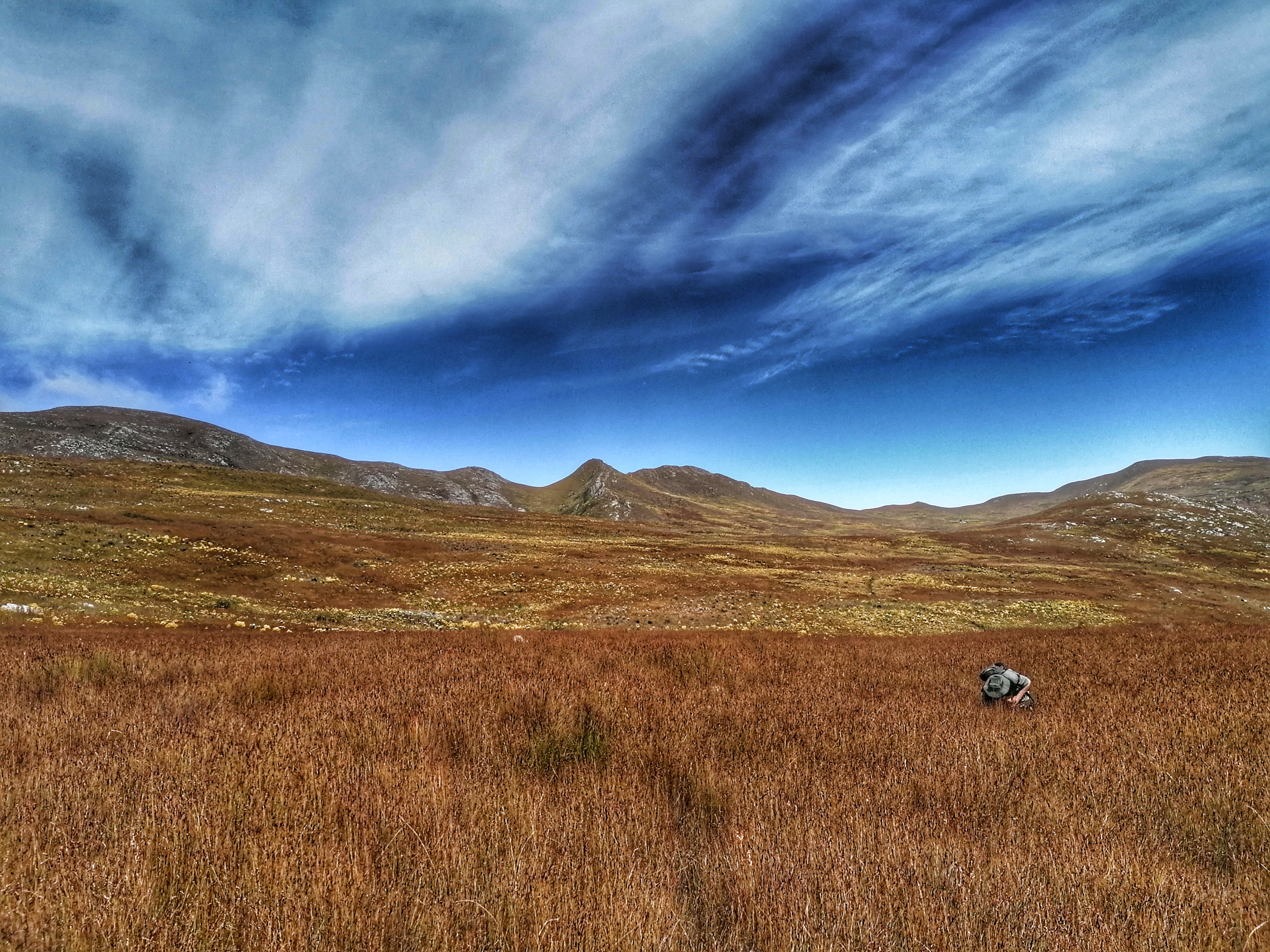By Jeanne Tarrant, Endangered Wildlife Trust – Threatened Amphibian Programme
In July 2020, with the support of ASA’s small grant through Global Wildlife Conservation, the Endangered Wildlife Trust (EWT) commenced a new project focused on some of the most threatened and endemic frogs species restricted to very limited ranges in the Western Cape province of South Africa.
Here is where the highest concentrations of threatened amphibians can be found in the country. Based on a prioritization exercise we conducted in 2018, we identified three species in the Western Cape for which targeted habitat protection and habitat management interventions would have particularly significant conservation benefits. These species are the Critically Endangered Rough Moss Frog, Arthroleptella rugosa and Micro Frog, Microbatrachella capensis; and the Data Deficient Moonlight Mountain Toadlet, Capensibufo selenophos (IUCN, 2017). The population trend of each of these species is decreasing, or unknown, and as such research is needed on their distributions, population sizes, life histories and threats. While the distributions of these species may not be extensive, they represent important habitat types, often themselves threatened, comprising lowland wetland areas to montane fynbos and renosterveld habitats. Very little is known about the Moonlight Mountain Toadlet, having been described as recently as 2017 (Channing et. al. 2017) and more knowledge about this species is crucial in order to assess its conservation status and guide habitat protection and management efforts. The Rough Moss Frog(IUCN, 2016) does not occur in any formally protected areas and is threatened by massive encroachment of alien vegetation at its known site. The distribution of the Micro Frog – occurring at just four localities across a total of 7 km2 – is highly fragmented and impacted by urbanization, agricultural expansion, the spread of alien vegetation, and drainage of breeding habitats. These species also represent umbrella species for other threatened frogs, such as the Endangered Cape Platanna, Xenopus gilli, and Western Leopard Toad, Sclerophrys As such, the fundamental goal of securing habitat for these species is critical.
In July we begun with field surveys in the Overberg for these range-limited species, threat assessments and engaging with landowners to assess willingness to participate in securing areas for conservation. The latter is a crucial aspect of the process and good relationships with these landowners are critical to long-term project success. We have had great success so far in that already eight new localities have been confirmed for two target species (six for Capensibufo selenophos and two for Xenopus gilli) and three landowners have already expressed interest in taking part in Biodiversity Stewardship processes to formally protect habitat on their properties, representing a total of 1775 hectares – one site (in Kleinrivierberg, comprising 780 hectares) is already committed to proclamation and this site is under review. Formalizing protection of these incredibly beautiful landscapes will go a long way to conserving these unique species and their associated threatened habitats into the future.
Photo © Endangered Wildlife Trust

